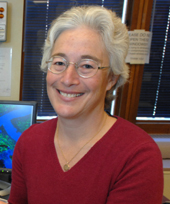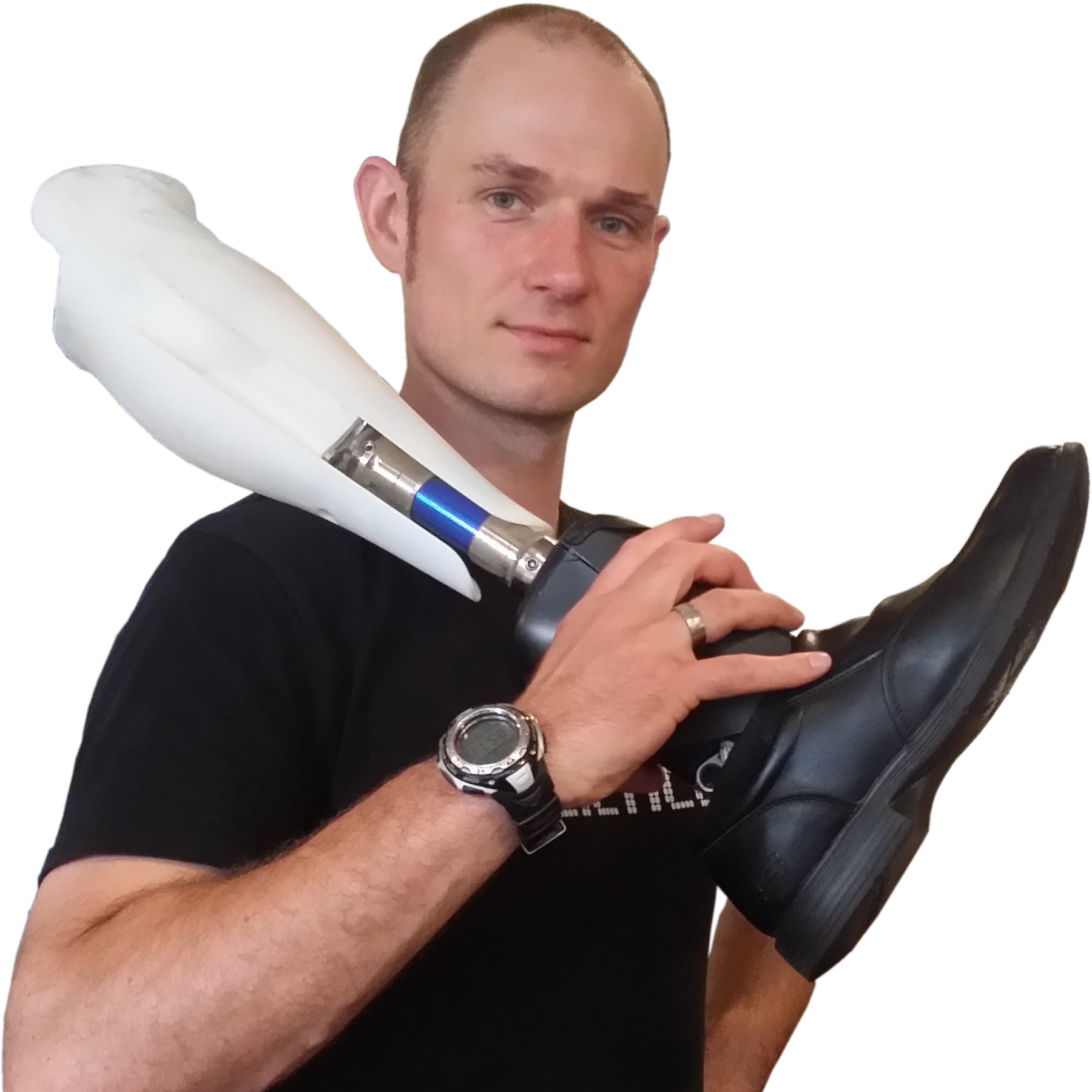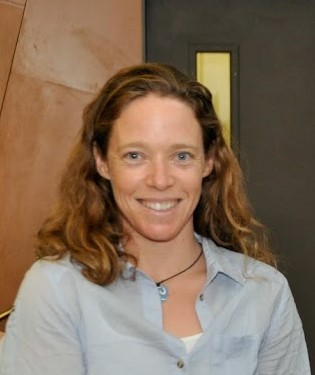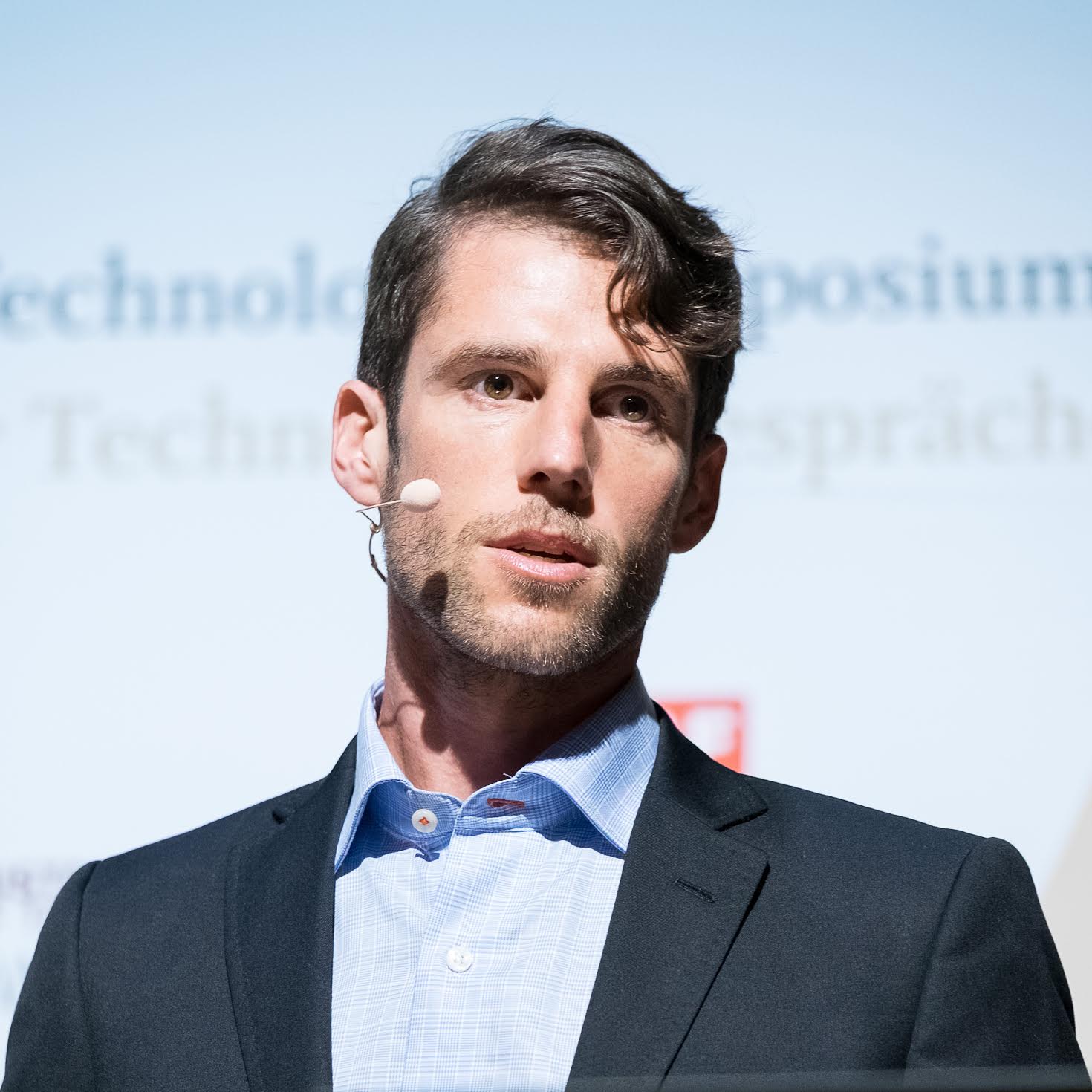Biomechatronics Group Director
His research program seeks to advance technologies that promise to accelerate the merging of body and machine, including device architectures that resemble the body’s musculoskeletal design, actuator technologies that behave like muscle, and control methodologies that exploit principles of biological movement. His methods encompass a diverse set of scientific and technological disciplines, from the science of biomechanics and biological movement control to the design of biomedical devices for the treatment of human physical disability.
His research accomplishments in science and technology have already made a significant impact on physically challenged people. The Transfemoral Quasipassive Knee Prosthesis has been commercialized by Össur Inc., and is now benefiting amputees throughout the world. In 2006, he founded the company iWalk Inc. to commercialize the Powered Ankle-Foot Prosthesis and other bionic leg devices. Professor Herr’s work impacts a number of academic communities. He has given numerous invited and plenary lectures at international conferences and colloquia, including the IVth World Congress of Biomechanics, the International Conference on Advanced Prosthetics, the National Assembly of Physical Medicine and Rehabilitation, World Economic Forum, Google Zeitgeist, Digital Life Design, and the TEDMED Conference. He is Associate Editor for the Journal of NeuroEngineering and Rehabilitation, and has served as a reviewer for the Journal of Experimental Biology, the International Journal of Robotics Research, IEEE Transactions on Biomedical Engineering, and the Proceedings of the Royal Society: Biological Sciences. He has been invited to participate in joint funding proposals from other universities and corporations, and has served on research review panels including the National Institute of Health, the National Institute on Disability and Rehabilitation, and the Department of Veterans Affairs. In 2007, He was presented with the 13th Annual Heinz Award for Technology, the Economy and Employment. His work has been featured by various national and international media, including Scientific American Frontiers, Technology Review, National Geographic, the History Channel, and CNN.
Group Administrator
Lindsey Reynolds graduated Magna Cum Laude from Northeastern University with a Bachelor of Arts and Science in Psychology and a minor in Human Services. She has corporate marketing experience from her role as an Associate Broker within B2B brokerage companies while living in New York. Once Lindsey relocated to Boston, she became a Project Consultant for the ProPharma Group while working at Genzyme headquarters here in Cambridge, MA. In 2013, Lindsey received the Consultant of the Year award while at ProPharma. Lindsey now works for Professor Herr as his Senior Administrative Assistant as well as overseeing the day to day activities of the Biomechatronics Lab.
Research Staff
Research Scientist, Neural Interfaces Team.
Within Prof. Hugh Herr’s group I am the program manager for the neural interfaces team. I bring to this position my research and teaching experiences in the areas of anatomy, biomedical engineering, biomaterials, tissue engineering, and regenerative medicine. Specific aims of our team are to improve motor control and sensory function for persons with limb amputations and other neuromuscular limb pathologies. To address these aims we seek to stimulate and sense communications between the human nervous system, limbs, and bionic prostheses. Approaches under investigation include: (i) surgically reconstructing bidirectional myoneural human-device interfaces, (ii) engineering biotic-abiotic myoneural interfaces, and (iii) developing optogenetic technologies for peripheral nervous system applications.
Research Scientist, Leader of the Computational Biomechanics research track.
Kevin is a computational (bio)mechanics and computational design expert. His research interests include soft tissue biomechanics, finite element analysis, continuum mechanics, image-based modeling, image-processing, medical device design, mechanobiology, and morphogenesis. He holds a Bachelor degree in Mechanical Engineering, a Master’s degree in Bioengineering and a PhD degree on the topic of soft tissue biomechanics (2012, Trinity College Dublin). His current focus is on computational modeling for prosthetic socket design (see also: [Moerman et al. preprint]). Kevin has shared his work at international conferences and is often involved in the organization of special sessions and workshops. During his academic career he has amassed a wealth of computational tools for image-based modeling and inverse finite element analysis, resulting in the creation of his GIBBON open-source software project. See Kevin’s Impact Story profile to view and access his works and publications.
Postdoctoral Associate, Computational Biomechanics research track
Dana holds a PhD degree in Mechanical Engineering (Biomechanics) on the topic of non-rigid kinematics in human motion analysis (2016, Technion Israel institute of technology). Her research interests include human movement, musculoskeletal biomechanics, soft tissue biomechanics, and biomechanical design. Dana joined the Biomechatronics group in 2017 as post-doctoral fellow at MIT Media Lab where her current focus is on computational modelling and 3D imaging for prosthetic socket design.
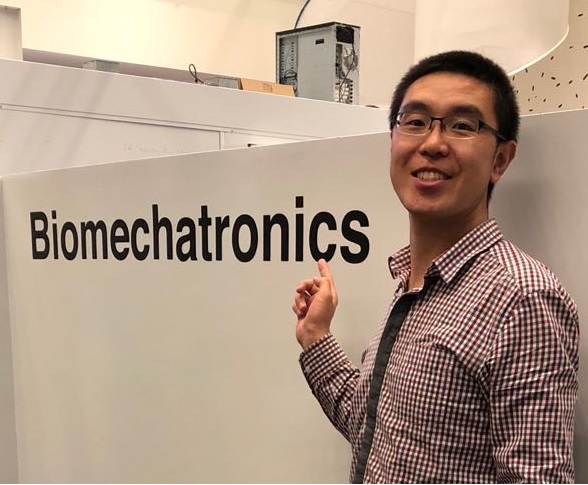
Postdoctoral Fellow, Orthotics and Exoskeletons research track
Xingbang is a postdoctoral fellow in Biomechatronics. He received his Ph.D. degree majoring in mechatronics and a B.E. degree in material forming and control engineering, both in Beihang University, Beijing. His research interests include biomechanics, biomimetics, bio-inspired robotics, mechatronics, exoskeleton and rehabilitation robotics, etc. He is now working on running exoskeleton and the hip joint project with the Biomechatronics Group.
Graduate students
Tyler is a PhD student in the Harvard-MIT Health Sciences and Technology program. He graduated from Harvard in 2014 with a B.S. in Biomedical and Mechanical Engineering. As an undergraduate, he worked with the Biomechatronics group to develop a process whereby MRI data are used to create comfortable prosthetic sockets. For his undergraduate thesis, Tyler built a neurally controlled active exoskeleton for a rabbit. He is currently working on new ways to enable bi-directional communication with the peripheral nervous system, giving way to prostheses that more closely replicate the biological control experience.
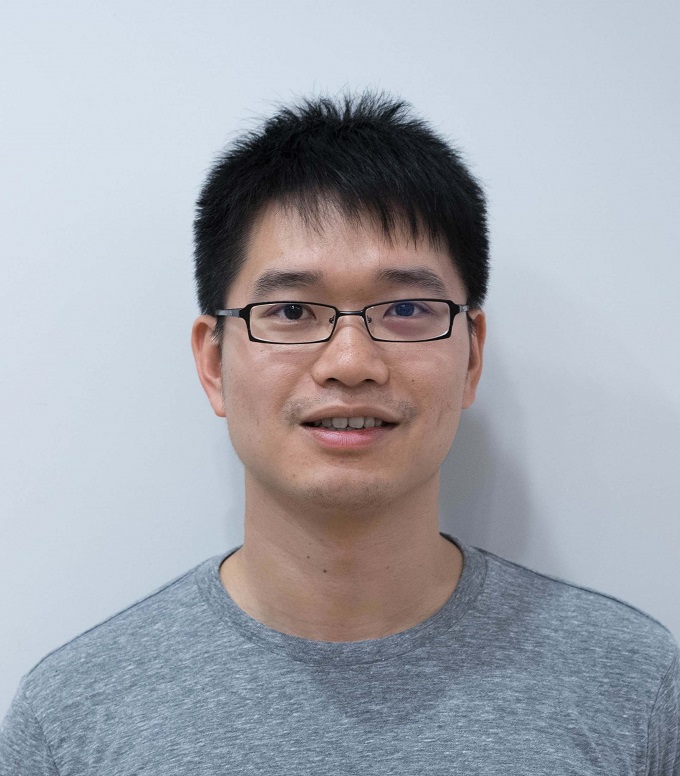
Tsuna-Han is a PhD student in the Biomechatronics Group at the Media Lab. He is interested in biomechanics, robotics, and neuroscience. His research focuses on developing an optimal controller for robotic ankle prostheses, which involves modeling the human neuromuscular system. Tsung-Han has a B.S. in Bio-industrial Mechatronics Engineering from the National Taiwan University and a M.S. in Robotic Systems Development from the Carnegie Mellon University.
Personal website
Bryan is a PhD student in Medical Engineering and Medical Physics through the Harvard-MIT Health Sciences and Technology program. He holds a M.S.E. and B.S.E. in Biomedical Engineering from the University of Michigan. As an undergraduate and master’s student, his research focused on applications of ultrasound imaging to breast cancer. In the Biomechatronics group, his projects center on using ultrasound techniques for prosthetic socket interface applications.

Emily is a PhD student in the Mechanical Engineering department. She graduated from Harvard in 2015 with a B.S. in Biomedical Engineering. As an undergraduate, she was a member of the Harvard Biodesign Lab, working on the design of lower extremity exoskeletons and soft robotics for rehab applications. Before coming to MIT she spent several years as a Mechatronics Engineer at Ekso Bionics, focusing on the mechanical design and human machine interface of exoskeletons for rehabilitation, human augmentation, and load carriage. In the Biomechatronics Group, she is currently working on the mechanical design of novel robotic prostheses for users with lower extremity amputation.
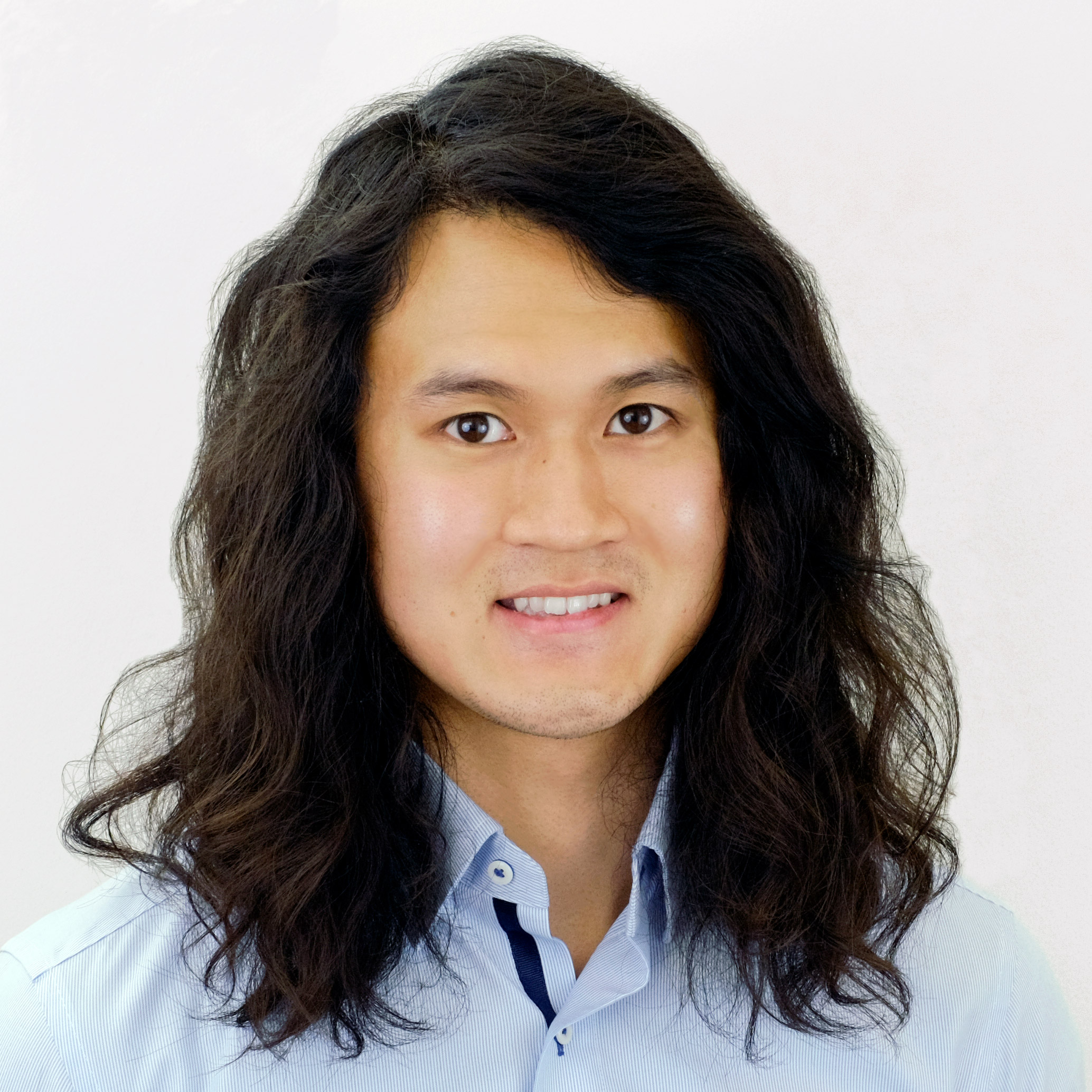
Tony is a graduate student within the Program in Media Arts and Sciences at MIT. He holds a B.S in Materials Science and Engineering with minor in Computing and Artificial Intelligence from the Georgia Institute of Technology. As an undergraduate, Tony conducted research in the areas of biodegradable nanocomposite synthesis, superalloy additive manufacturing, and transfemoral prosthesis control. His current research leverages biomechanical models to enable intuitive control of external devices through native body signals.

Shriya is a PhD student in Medical Engineering and Medical Physics through the Harvard-MIT Health Sciences and Technology program. She graduated from Case Western Reserve University with a B.S. in Biomedical Engineering, with a concentration in biomaterials. Shriya’s undergraduate research focused on developing chemotheranostic agents to assess the efficacy of chemotherapeutics in real-time using imaging. Shriya is currently working on a regenerative peripheral neural interface that will ultimately enable patients to control their prosthesis with native neural signals. She is also exploring tissue-engineering approaches to create a strong and infection-resistant skin port for the transcutaneous components of implantable prostheses.
Roman joined the Biomechatronics Group in August 2014 as a Ph.D. candidate in Medical Engineering and Medical Physics via the Harvard-MIT Division of Health Sciences and Technology. He holds B.S. degrees in computer science, mathematics, and biology from Southern Methodist University in Dallas, TX. As an undergraduate, Roman conducted research in the areas of computational neuroscience, cancer genomics, and developmental biology and also interned at KVH Industries, where he developed testing platforms for various inertial navigation systems. In the lab, Roman’s graduate research is focused on developing terrain adaptive controllers for powered lower limb prostheses and exoskeletons. Roman’s strength comes from his family, his close friends, and his desire to enable others to live healthier and happier lives.
Cameron started and finished an undergraduate degree in Electrical Engineering with the intent of pressing forward the development of neural-interfaced prosthetics. Graduating from Brigham Young University in April of 2014, where his focuses included electromagnetics, control theory, robotic vision and digital signal processing, he joined the Biomechatronics Group at MIT’s Media Lab to continue that pursuit. Currently, he is working on the development of an advanced electric motor design for implementation in a powered ankle foot prosthesis. Cameron’s strength in his work and studies comes from his faith and his desire to develop technologies that will enable others to more fully fulfill their potential.
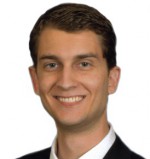
Matt is an MD candidate at Harvard Medical School and comes to the Media Lab through the Harvard-MIT Division of Health Sciences and Technology. He received a BS in Biomechanical Engineering from Stanford University in 2014. His main engineering interests are in the mechatronic design of medical robotics, particularly exoskeletons and advanced prosthetics. Clinically, Matt’s interests are in practical human integration of assistive technology. As an undergrad, he studied human motor adaptations to robotic simulators via human-in-the-loop analysis of the Da Vinci Surgical System. Matt has previously collaborated with the Biomechatronics group as a member of the exoskeleton team at SRI International in California.
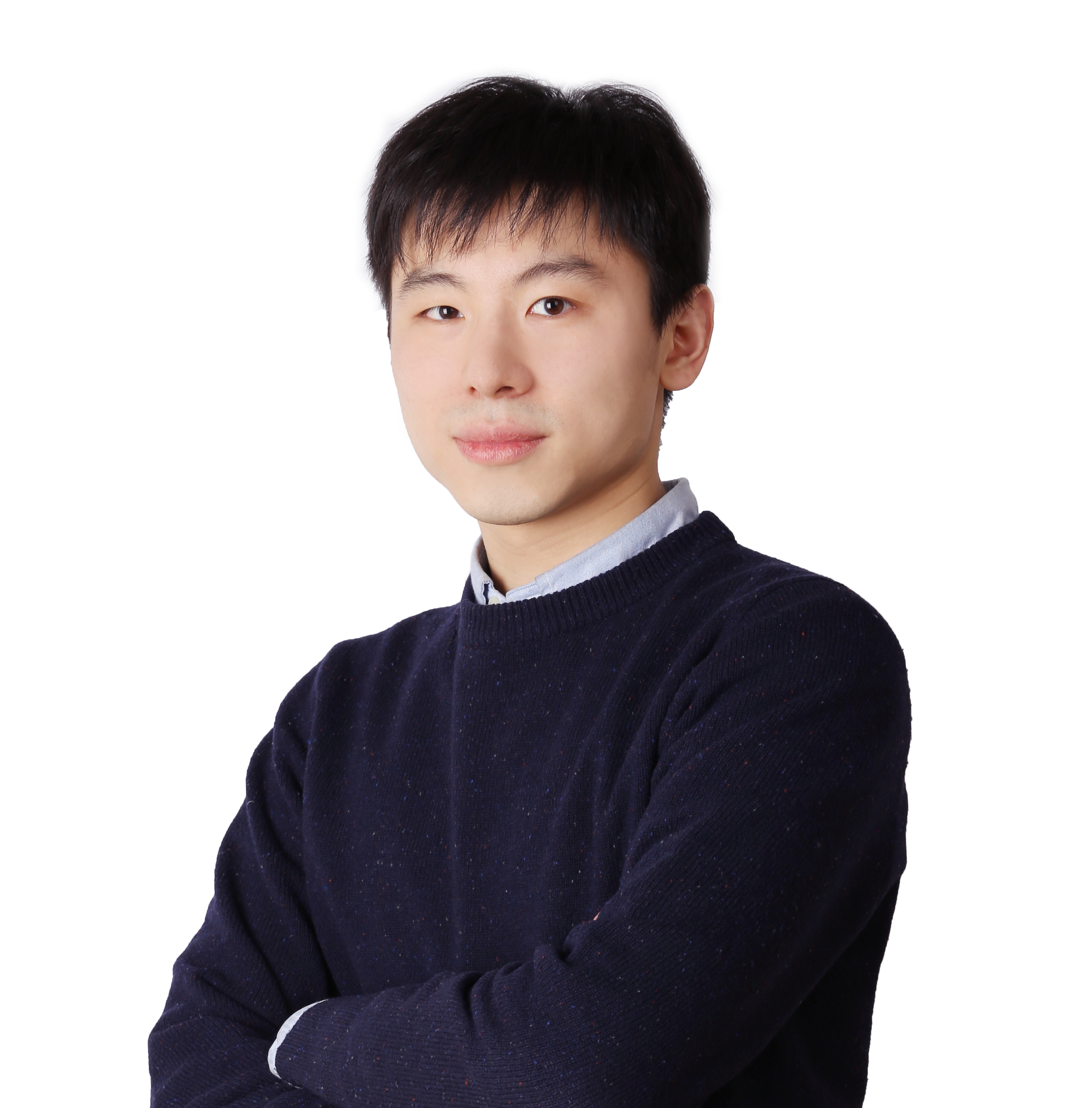
SeongHo joined the Biomechatronics Group since 2017 as a M.S. student. His research interest is focused on novel embedded electronics design for next-generation active prosthetics and exoskeleton researches with emphasis on neurally controlled mechatronics system. He holds a dual B.S. degree in Electrical and Computer Engineering at Georgia Tech and Electrical Engineering at KAIST.
Affiliate Research Staff
Matt Carney’s work focuses on designing and building next-generation bionic limbs. His specialty in hands-on mechanical design engineering was born from years of experience working at the industry-leading firms Meka Robotics (humanoids) and IDEO (product design). He also developed chronically implanted medical device manufacturing processes at the Polymer Technology Group and did his masters work at UC Berkeley in the Medical Polymers Group building tribology testing equipment for hip and knee replacements. In addition to design, he also has strong research interests in controls, embedded systems, power electronics, art, design, culture, politics, civic action, and social justice. He holds a S.M. Media Arts and Sciences from MIT (2015), a M.S. Mechanical Engineering from UC Berkeley (2008), and a B.S. Mechanical Engineering from CalPoly San Luis Obispo (2004).

Bruce is working on a number of areas related to the design, fabrication, and control of prosthesis hardware prototypes.
Ken is working on a number of areas related to the design, fabrication, and control of wearable robotic simulators.
Ron Riso joined the Biomechatronics group in September 2011 to lead a project that aims to develop implantable devices that provide for bi-directional communication with peripheral nerves. Dr. Riso initially worked with FES grasp restoration for spinal injured subjects at Case Western Reserve University for more than a decade to develop a tactile feedback system for a hand neuroprosthesis. From 1995 until 2003, Ron was Associate Professor at the Danish University, where he continued to work on developing nerve cuff technology to activate otherwise paralyzed muscles in quadriplegia and recorded afferent activity for closed-loop grasp control. While working abroad, Ron was principle investigator for several large consortium EU funded projects dedicated to spinal cord trauma rehabilitation (“GRIP”) and advanced powered prostheses (“Cyberhand”). As a guest researcher at Professor Roland Johansson’s lab in the Department of Physiology in Umea, Sweden, he studied microneurography and the physiology and psychophysics of cutaneous and proprioceptive sensibilities.
Alumni and Former Labmates
Ben Aisen
Samuel Au
Max Berniker
Madalyn Berns
Joaquin Blaya
Andrea Chew
Danielle Chou
Grant Elliott
Ken Endo
Waleed Farahat
Todd Farrell
Jianwen Wendy Gu
Andreas Hofmann
Oliver Kannape
Pavitra Krishnaswamy
Katherine Song
Matthew Malchano
Jared Markowitz
Ernesto Martinez-Villalpando
Michael Palmer
Daniel Paluska
Goutam Reddy
Elliott Rouse
Sneha Thakkar
Andrew Valiente
Nathan Villagaray-Carski
Conor Walsh
Jing Wang
Ari Wilkenfeld
Shuo Wang
Arthur Petron
Madeleine Abromowitz
David Sengeh
Bevin Lin
Matthew Furtney
Stephanie Ku
Michael Eilenberg
Jean-François Duval
Luke Mooney
Anthony Zorzos
Jiun-Yih Kuan
Benjamin Maimon
David Hill
If you are an alumnus of the group, and want your name to link to your current website, please contact Lindsey Reynolds with your name and the desired link address.



